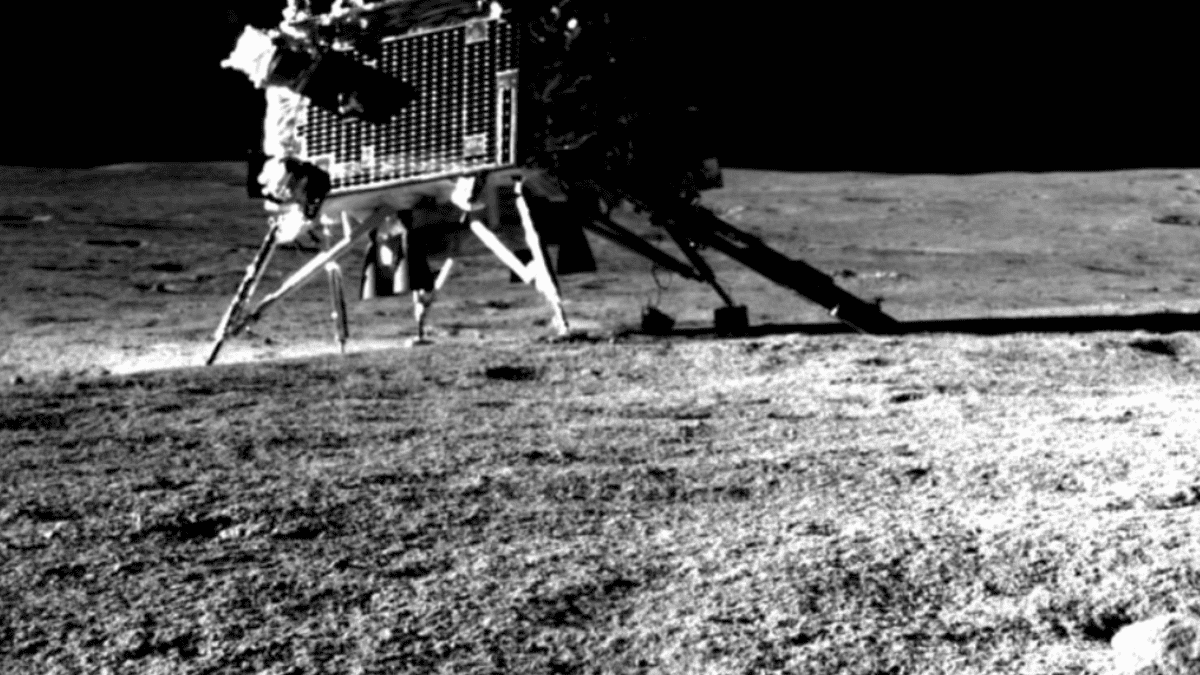
The Chandrayaan-3 rover is the first to leave its track marks on the Moon’s south pole, and the six-wheeled explorer has made a breakthrough discovery that could have major implications for establishing a future lunar habitat.
Using the Laser-Induced Breakdown Spectroscope (LIBS) instrument onboard the Pragyan rover, the Chandrayaan-3 mission found traces of sulfur on the lunar surface near the Moon’s south pole, the Indian Space Research Organization (ISRO) announced Tuesday on X (formerly Twitter).
Advertisement
Pragyan carries a laser-induced breakdown spectroscope and an alpha particle X-ray spectrometer to study the chemical composition of the surface of the Moon. The instrument shoots laser pulses at the lunar surface, which vaporizes rock or soil into plasma and the rover then analyzes the light emitted by the plasma. Each chemical element emits a certain wavelength of light in its plasma state, making it possible to recognize which elements are on the surface of the Moon.
The rover also found aluminum, calcium, chromium, iron, manganese, oxygen, titanium and silicon, according to ISRO. The presence of sulfur, however, was the most surprising.
Advertisement
Advertisement
Sulfur is a chemical element that’s found in soil, water, and plants on Earth. Its existence on the Moon suggests that it could be trapped in water ice in the lunar south pole; the detection of sulphur infers the presence of water ice. Accordingly, the presence of sulphur and other elements on the Moon’s south pole also suggests that this region is not as inhospitable as previously believed.
The south pole is of great interest to space agencies racing to get to the lunar surface, with plans to build a permanent lunar habitat and establish a sustainable human presence on the Moon. Previous evidence suggests that the lunar south pole has reservoirs of ice water in its permanently shadowed regions, which could be used for drinking water or fuel.
India’s Chandrayaan-3 mission successfully landed on the Moon on August 23, making India the fourth country to achieve such feat after the Soviet Union, the U.S., and China. The mission is set to last for 14 days, the equivalent of one full lunar day when the sunlight reaches the Moon’s surface.
Earlier on in the mission, Chandrayaan-3 also measured the temperature profile of the lunar south pole for the first time in order to better understand the thermal behavior of this region of the Moon.
Advertisement
India’s successful attempt at landing on the Moon has certainly been paying off in dividends.
For more spaceflight in your life, follow us on Twitter and bookmark Gizmodo’s dedicated Spaceflight page.
Services Marketplace – Listings, Bookings & Reviews